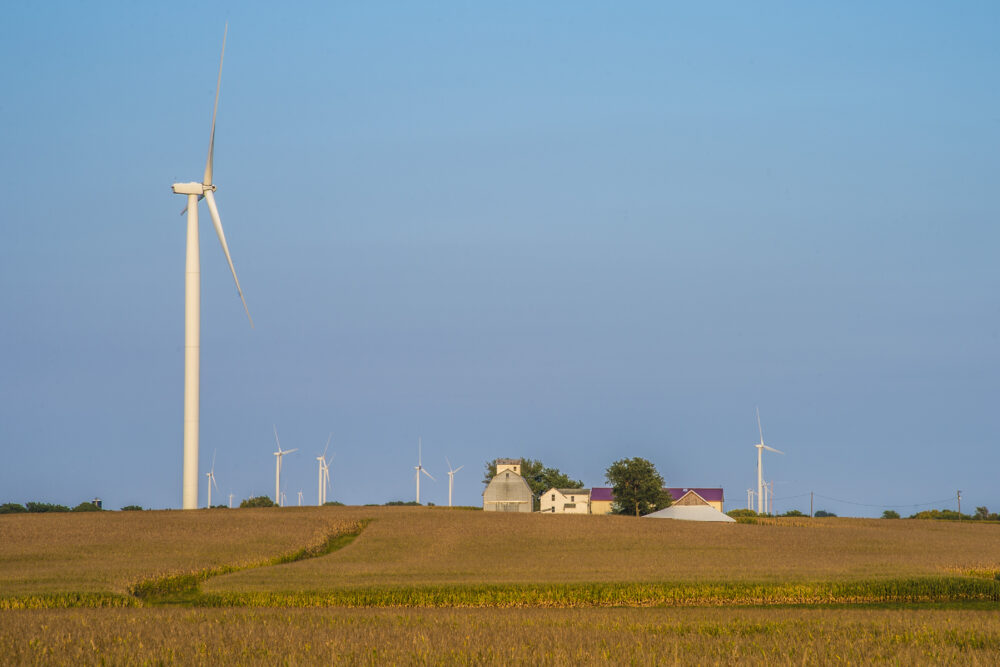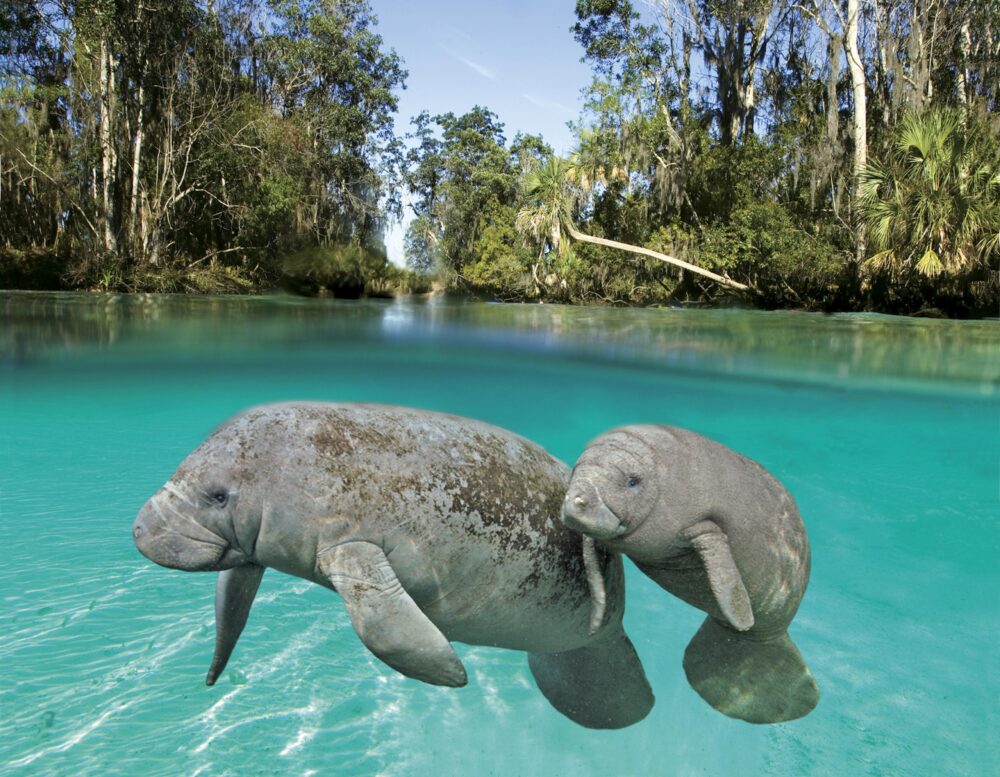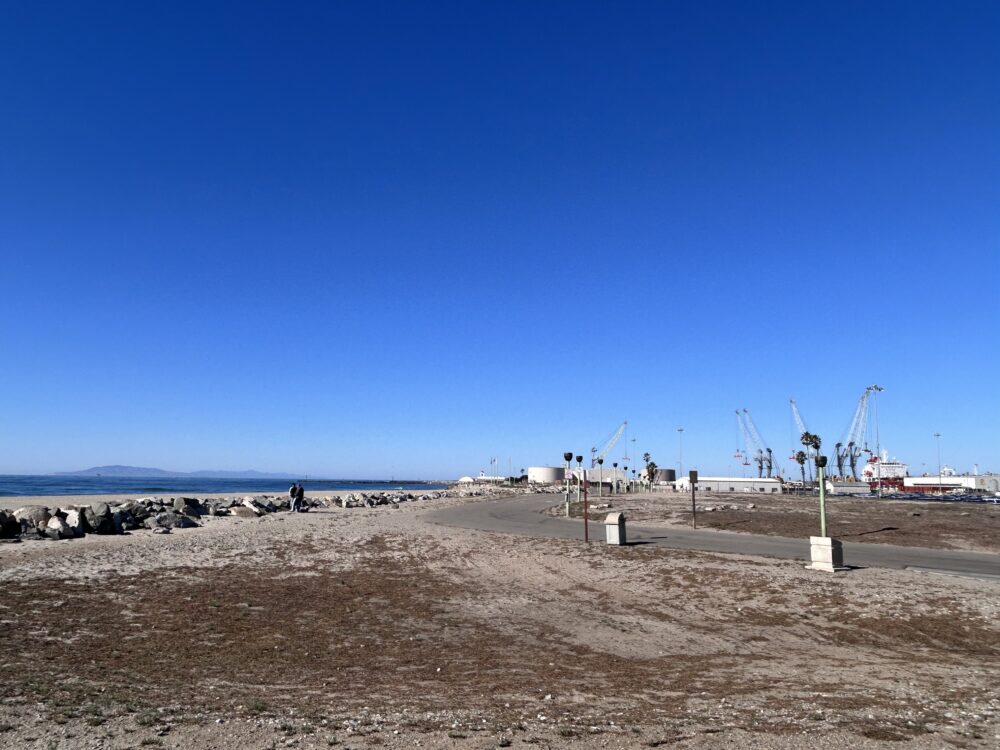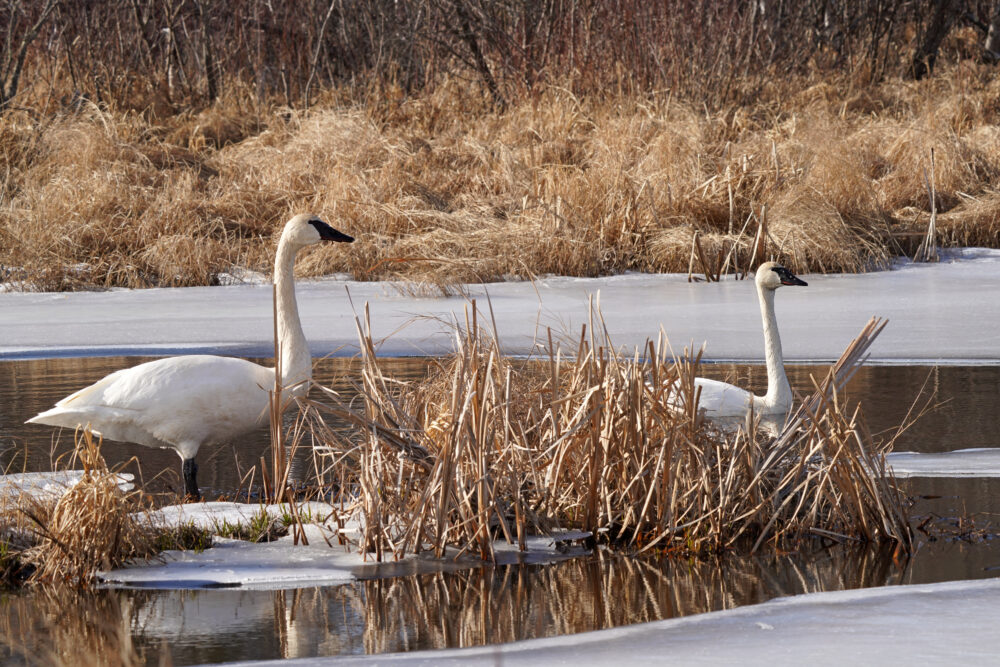We have much more to do and your continued support is needed now more than ever.
Conquest Beach: One Year Later
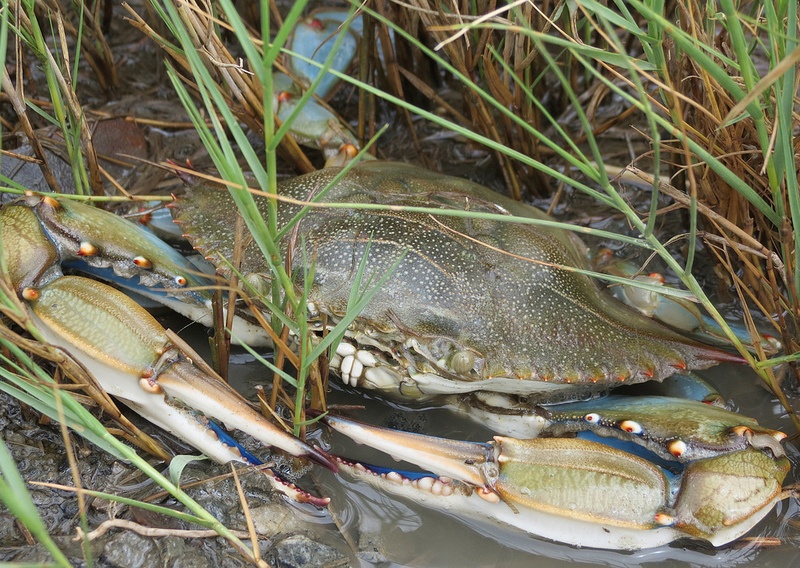
If you build a house it will never look as good as it did on the day it is finished. Over time, you will scrape the wall moving in your sofa, knock over a glass of red wine and never quite be able to get it out of the carpet, and your dog may have found that the corner of your bedroom door is an especially good chew toy.
In the world of conservation, however, this progression from good to bad is reversed. When restoring degraded landscapes, the first day is often the most precarious. It is the passing of time and the growth of the living elements that improve and heal the landscape.
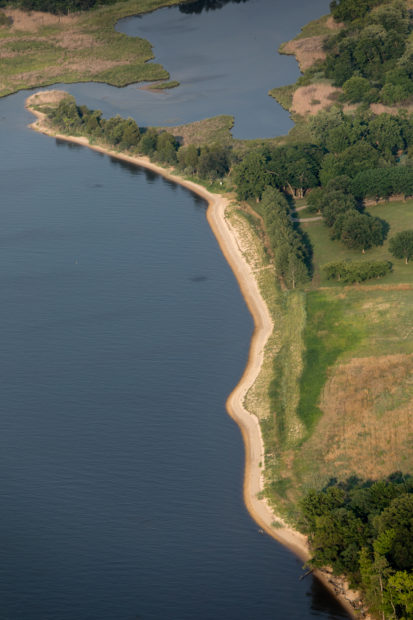
Over a year ago, on an unseasonably hot September day, the National Wildlife Federation and our project partners planted a living shoreline along the Chester River on Maryland’s Eastern Shore. Living shorelines use natural elements, such as marsh grasses and shellfish, to protect shorelines from erosion. After digging the last hole and dropping in the last cordgrass plug, we drove off and waited for the next growing season to arrive. It ended up being November until I could make it back out to the site and when I stepped out onto the beach I barely recognized the shoreline that we planted the year before.
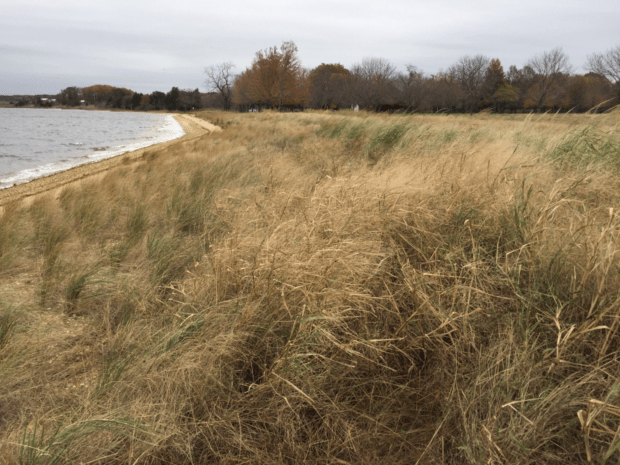
The marsh grasses, which were just fist-sized plugs a year before, had exploded, filling in the upper shoreline, and had driven their roots deep into the sand, holding the shoreline in place. The cobblestones, an innovative aspect of the shoreline, that we had used due to their ability to move and adapt to changing tides and rising seas, we’re working exactly as we had planned. They blanketed the shore, protecting it from the wind-driven waves. More than protecting the shoreline this project has restored native marsh grasses which provide important habitat for migratory birds and crustaceans, like the Maryland Blue Crab.
NWF’s restoration of Conquest Beach has transformed an eroding public park into a healthy and beautiful shoreline. This project has shown that living shorelines can provide aesthetic, ecological and public access benefits in addition to reducing erosion. In contrast, the armoring of shoreline with stone concrete and metal destroy shoreline habitat and threaten biodiversity along our coasts.
Find out more about the work going on in the Mid-Atlantic Regional Center!



